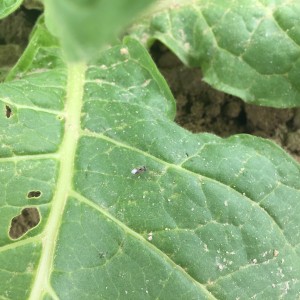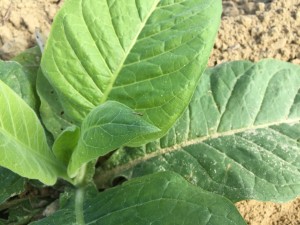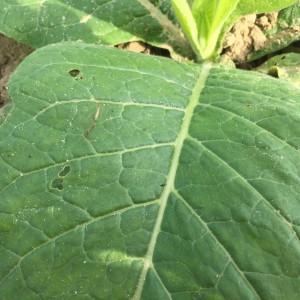Beneficial Insects in Tobacco
go.ncsu.edu/readext?415482
en Español / em Português
El inglés es el idioma de control de esta página. En la medida en que haya algún conflicto entre la traducción al inglés y la traducción, el inglés prevalece.
Al hacer clic en el enlace de traducción se activa un servicio de traducción gratuito para convertir la página al español. Al igual que con cualquier traducción por Internet, la conversión no es sensible al contexto y puede que no traduzca el texto en su significado original. NC State Extension no garantiza la exactitud del texto traducido. Por favor, tenga en cuenta que algunas aplicaciones y/o servicios pueden no funcionar como se espera cuando se traducen.
Português
Inglês é o idioma de controle desta página. Na medida que haja algum conflito entre o texto original em Inglês e a tradução, o Inglês prevalece.
Ao clicar no link de tradução, um serviço gratuito de tradução será ativado para converter a página para o Português. Como em qualquer tradução pela internet, a conversão não é sensivel ao contexto e pode não ocorrer a tradução para o significado orginal. O serviço de Extensão da Carolina do Norte (NC State Extension) não garante a exatidão do texto traduzido. Por favor, observe que algumas funções ou serviços podem não funcionar como esperado após a tradução.
English
English is the controlling language of this page. To the extent there is any conflict between the English text and the translation, English controls.
Clicking on the translation link activates a free translation service to convert the page to Spanish. As with any Internet translation, the conversion is not context-sensitive and may not translate the text to its original meaning. NC State Extension does not guarantee the accuracy of the translated text. Please note that some applications and/or services may not function as expected when translated.
Collapse ▲Last week while scouting my plots at Kinston and Rocky Mount, I spotted two predatory insects: big-eyed bugs and spined stilt bugs. Big-eyed bugs (Geocoris puntipes) are common predators found in many cropping systems.
The spined stilt bug (Jalysus wickhami) is an important predator in tobacco and several other crops.
The stilt bugs feed on smaller, slower insects including aphids and tobacco budworm and hornworm eggs. A single stilt bug can consume 80 tobacco budworm eggs during its development to adulthood, and adults consume 25 eggs per day during an 80-day lifetime. Therefore, a single stilt bug can prevent the development of over 2000 budworm larvae throughout its life.
Because the spined stilt bug is an important predator, it is essential to understand how pest management practices may impact it. Previous research has linked applications of older, infrequently used insecticides to significantly lower numbers of stilt bugs in flue-cured tobacco. While these insecticides are rarely used any more, the impact of their replacements on the spined stilt bug have not been assessed. Thus, a major effort in my research is determining the impact of both systemic and foliar insecticides on the spined stilt bug, with the goal of recommending compatible insecticides that will conserve the predators. Preserving predators through the modification of pesticide usage is referred to as conservation biological control and is a simple, cost-effective form of biological control. Future updates will discuss this research in more detail.





